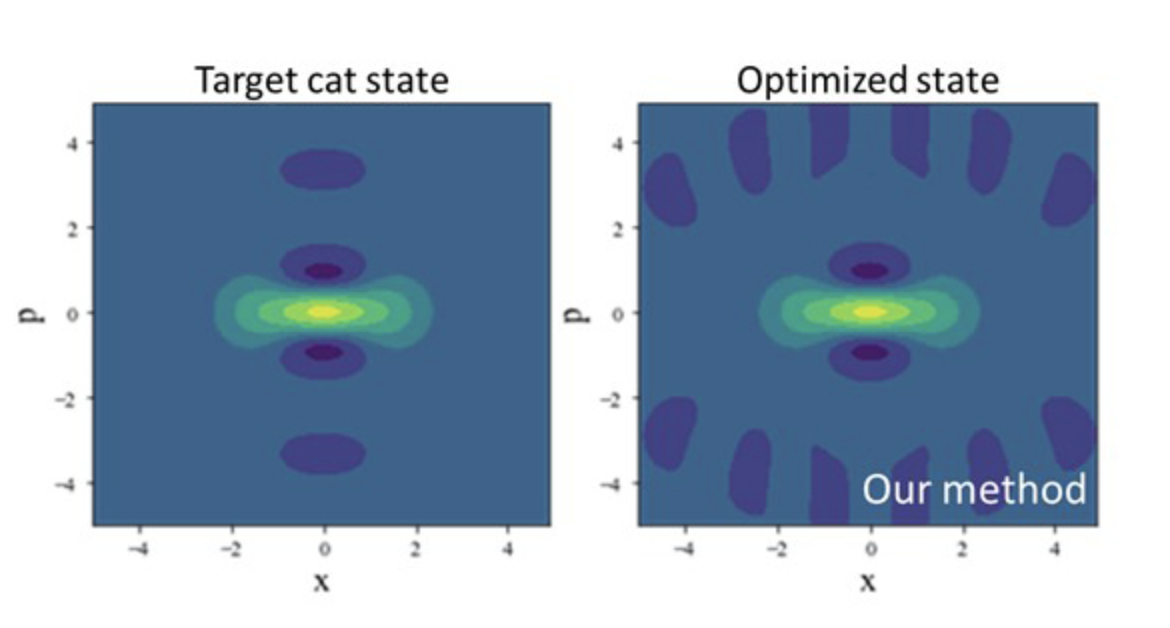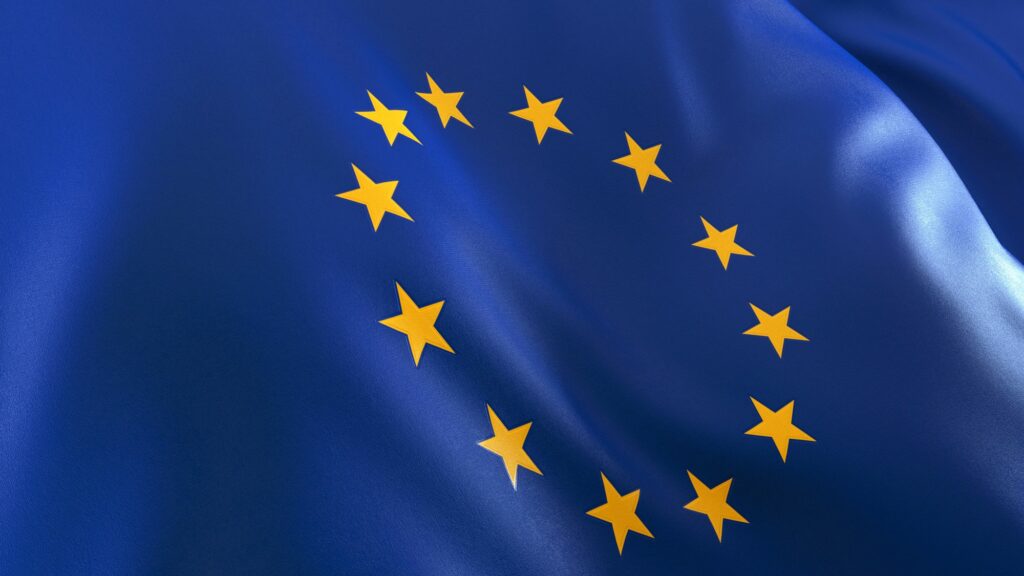Insider Brief
- Toppan is a global provider of integrated solutions in the fields of printing, communications, security, packaging, décor materials and electronics.
- Toppan is working with with blueqat, a quantum computer software developer.
- The two papers will be presented at IEEE International Conference on Quantum Computer Sept 19-22.
PRESS RELEASE — Toppan (TYO: 7911), a global leader in communication, security, packaging, décor materials, and electronics solutions, is advancing research into quantum software as part of its efforts to develop next-generation computational technologies. Two papers Toppan researchers are involved in have been selected for the Posters Program at the IEEE International Conference on Quantum Computing and Engineering (QCE), with the research scheduled to be displayed from September 19 to September 22.
These papers cover research into optical quantum computing3 and quantum machine learning. The first paper on optical quantum computing delves into a new method of computation developed through a collaboration between Toppan and blueqat Inc. (blueqat). This method is expected to lead to the application of quantum error correction technologies, contributing to the realization of high-speed optical quantum computers in the future.
The second paper deals with a type of quantum machine learning that Toppan is working on. It is expected that using a new method of evaluating learning-model building processes will make learning trends visible and enable the application of machine learning for practical challenges, such as enhancing the accuracy and efficiency of inspection processes at factories. By developing these technologies, Toppan aims to drive the industrial application of quantum computers and contribute to a safe and secure digital society in the future.

QCE was first held in 2020 and is one of the largest annual international conferences on quantum computing and engineering for the quantum industry. Papers are presented, and a poster program is also held in order to aid in the development of quantum computing science and its related industries. QCE22 marks the third year of the event and will be held at the Omni Interlocken Hotel in Broomfield, Colorado, U.S.A. from Sunday, September 18 to Friday, September 23.
About the research papers
(1) Optimization of non-Gaussian state generation using tensor networks and automatic differentiation
Authors: Ryutaro Nagai (blueqat Inc.), Takao Tomono (Toppan Inc.)
(2) The characteristic of Quantum Kernel in initial learning process
Authors: Takao Tomono and Satoko Natsubori (Toppan Inc.)
Background to the research
Recent years have seen increased expectations for quantum computers as a next-generation computational platform that offers high computational power and high security. There is currently a variety of hardware research and development underway that aims to bring higher-performance quantum computers to life, harnessing techniques that use superconductors, trapped ions, silicon, photons, and more. The optical quantum computing method is particularly important because it not only allows for computation but can also be used in communications involving the sending and receiving of quantum data.
In response, Toppan is advancing research on quantum software in collaboration with blueqat, a leader in the development of software for quantum computers. Selection for the presentation during the Posters Program of QCE22 comes in recognition of the results of development of a new optical quantum computing method that can lead to the establishment of error correction technologies as part of efforts focused on increasing quantum computation speed.
It is thought that we will soon have practical quantum machine learning using hybrid classical-quantum computing,5 and development of quantum software that ensures quantum computers perform calculations accurately and appropriately is anticipated. To address these challenges, Toppan has uncovered a new evaluation method, the proposal for which will be presented during the QCE22 Posters Program.
Toppan aims to help build a safe and secure digital society through its digital transformation (DX) business. In anticipation of the quantum computing age, Toppan is engaged in research not only on high-speed calculation functions of optical quantum computers, but also on optical quantum communication, which is indispensable for quantum data transmission. In addition, Toppan is working on development of quantum machine learning technologies with the potential to provide solutions to social issues.
Overview of the research papers
Optimization of non-Gaussian state generation using tensor networks and automatic differentiation
・Proposal for the optimization of non-Gaussian state generation
Previous research proposed a framework for generating an arbitrary non-Gaussian state from a parametric circuit, but there were some issues in efficiently optimizing the parameters. In this paper, the authors propose a method of optimizing parameters through tensor networks incorporating automatic differentiation to generate a desired non-Gaussian state. This method allowed for the generation of Schrödinger’s cat states (photon superposition states) with a fidelity comparable to that of previous studies. The method uses a simulation expressed using a tensor network, which is expected to shorten computational times and increase efficiency.
Toppan will continue to collaborate with blueqat to achieve the aim of using this computational method to solve specific issues, such as those related to error correction and quantum teleportation.
The characteristic of Quantum Kernel in initial learning process
Proposing a method to evaluate learning models
Here the authors propose a method for evaluating quantum machine learning and conventional classical machine learning. Using a new plotting method over receiver operating characteristic space, it is now possible to distinguish between the building methods of two learning models. The authors confirmed the effectiveness of the method by verifying it against actual equipment using heart disease data and other data sets. Toppan aims to analyze the differences between the two and harness those characteristics in building learning models for quantum machine learning.
Future plans
Toppan will contribute to the more widespread use of quantum computers and the shaping of a safe and secure society through fundamental research into the computational methods, algorithms, and other elements of quantum computing, and development of quantum machine learning and other technologies.

















